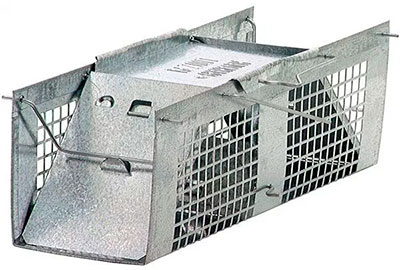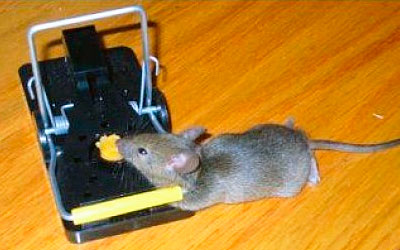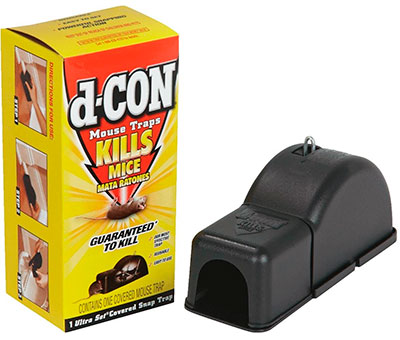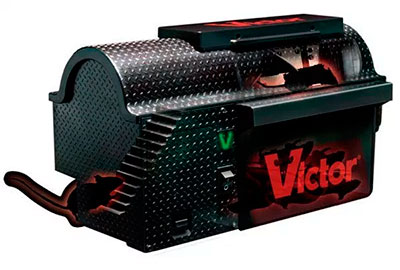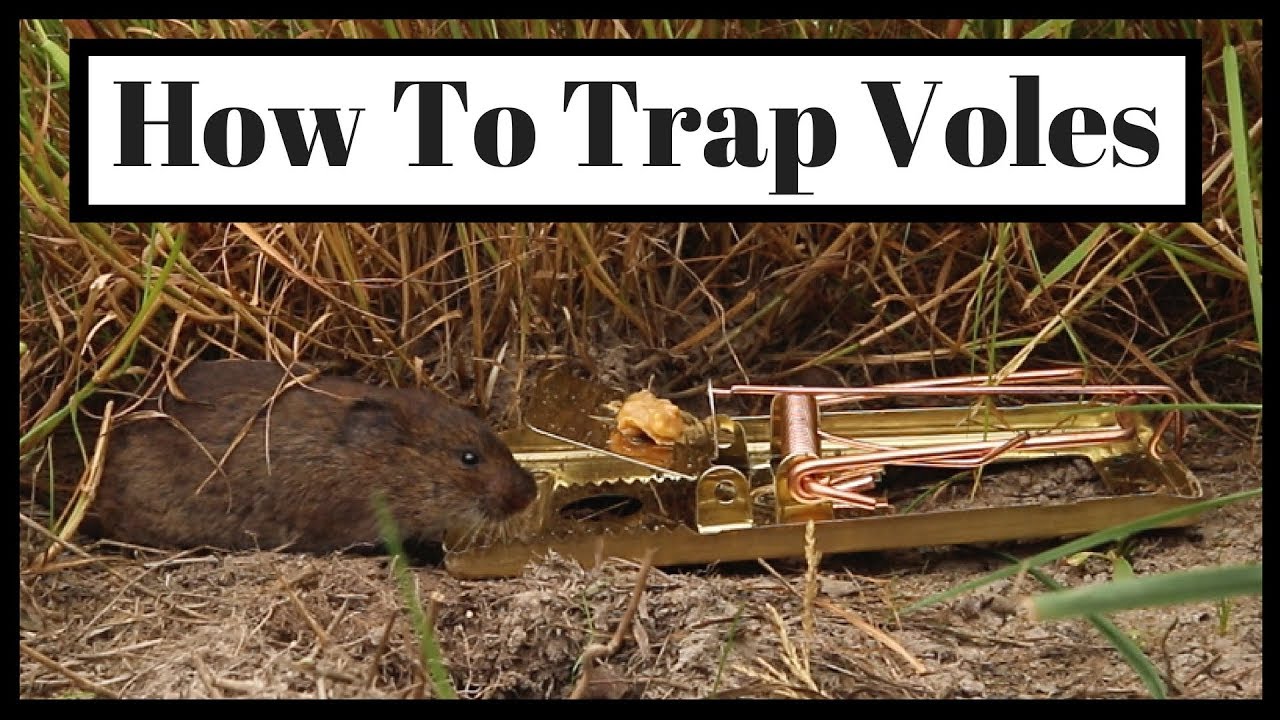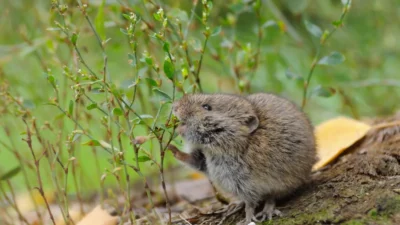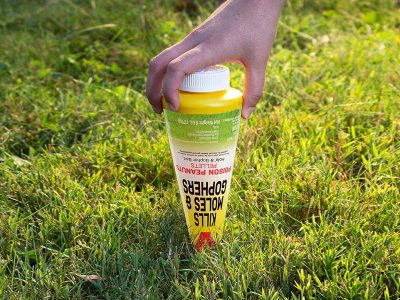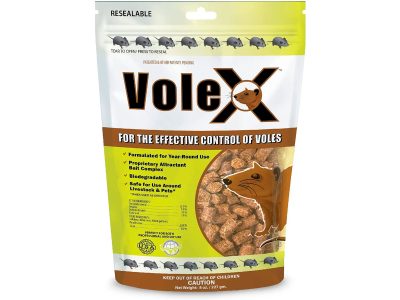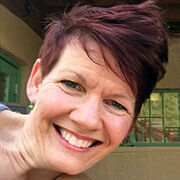Voles can devastate lawns and gardens in a surprisingly short time, with their prolific breeding allowing populations to explode from just a few individuals to hundreds within a single season. Effective trapping remains one of the most reliable methods for controlling these destructive rodents. Our comprehensive guide covers the best vole traps available in 2025, from humane live-catch options to high-efficiency lethal traps, helping you choose the right solution for your specific situation.
Quick Picks: Best Vole Traps

Editor’s Choice

Best Budget

Best Safety
- Understanding Vole Trapping: Why Traditional Methods Work Best
- Top 5 Best Vole Traps for 2025
- Professional Vole Trapping Techniques
- Trap Types: Choosing the Right Method for Your Situation
- Effective Vole Baiting Strategies
- Garden and Landscape-Specific Trapping
- Advanced Vole Control: Combining Traps with Other Methods
- Troubleshooting Common Trapping Problems
- Frequently Asked Questions
- Conclusion
- Additional Resources and Expert Guidelines
Understanding Vole Trapping: Why Traditional Methods Work Best
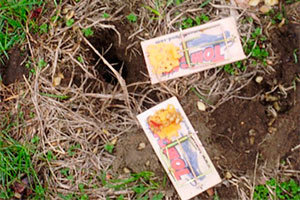
Voles are small, mouse-like rodents that create extensive tunnel systems and can rapidly destroy lawns, gardens, and landscaping. Unlike indoor mouse control, vole trapping requires specialized techniques adapted for outdoor environments and the unique behavior patterns of these prolific breeders.
Professional trappers and extension specialists agree that trapping remains the most effective method for immediate vole population reduction. Unlike repellents that may take weeks to show results, properly placed traps can begin eliminating voles within 24-48 hours.
Top 5 Best Vole Traps for 2025
After extensive testing and analysis of current market options, these traps represent the most effective solutions for different vole control scenarios in 2025.
Havahart 1020 X-Small 2-Door Live Animal Trap
Editor's ChoiceHow Does It Work
How to Use
- Place trap perpendicular to active vole runways
- Bait with peanut butter mixed with oatmeal
- Cover trap lightly with natural materials for camouflage
- Check trap twice daily for captures
- Release voles at least 5 miles from capture site
- 100% humane live capture method
- Dual doors increase capture efficiency by 40%
- Professional-grade galvanized steel construction
- Small mesh prevents bait theft
- Highly sensitive trigger mechanism
- Suitable for long-term repeated use
- Higher initial cost than snap traps
- Requires relocation of captured voles
- May need multiple units for large infestations
Snap-E Mouse Trap
Best BudgetHow Does It Work
How to Use
- Set traps in pairs along active vole runways
- Cover with protective housing or natural materials
- Use minimal bait or no bait for runway placement
- Check and reset traps daily
- Position perpendicular to tunnel openings
- Highly cost-effective for multiple trap setups
- Weather-resistant outdoor construction
- Wide trigger plate increases success rate
- Easy to set and clean
- Instant, humane elimination
- No need for animal relocation
- Requires daily checking and resetting
- Must be covered for safety around pets and children
- Single-use per capture
d-CON Reusable Covered Snap Trap
Best SafetyHow Does It Work
How to Use
- Place along established vole trails and runways
- Position entrance holes toward areas of vole activity
- Minimal baiting required due to enclosed design
- Check daily and clean between uses
- Secure to prevent displacement by larger animals
- Child and pet-safe enclosed design
- Appeals to voles' preference for covered pathways
- Reusable with easy cleaning mechanism
- Weather-protected internal components
- Reduces risk of non-target captures
- Higher cost per unit than basic snap traps
- Larger footprint requires more space
- May require repositioning to find optimal placement
4. Victor Multi-Kill Electronic Mouse Trap M260
The Victor Multi-Kill Electronic Trap represents cutting-edge technology in rodent control, capable of eliminating up to 10 voles per setting. While not suitable as a primary outdoor solution due to weather sensitivity, it excels in protected environments and as a supplementary trap for high-activity areas.
Key Features:
- High-voltage elimination system for instant, humane kills
- Multi-kill capacity reduces checking frequency
- Smart LED indicator shows trap status
- Enclosed design prevents accidental contact
Professional Vole Trapping Techniques
Success in vole trapping depends more on proper technique than expensive equipment. Professional trappers follow specific protocols that dramatically increase capture rates.
Strategic Trap Placement
Proper placement is critical for trapping success. Voles follow predictable movement patterns that experienced trappers exploit:
Runway Intersections
Place traps where multiple vole paths converge. These high-traffic areas provide the best capture opportunities.
Tunnel Entrances
Position traps perpendicular to active tunnel openings, with trigger mechanisms facing the hole entrance.
Fresh Activity Signs
Look for recently clipped grass, fresh droppings, and well-worn pathways to identify current vole locations.
The Professional Multiple-Trap Strategy
Experienced vole control specialists recommend using 12-24 traps simultaneously for effective population control. This intensive approach accounts for voles’ high reproductive rate and territorial behavior.
Professional placement protocol:
- Space traps 10-15 feet apart along active runways
- Use a combination of live and lethal traps based on local regulations
- Check traps twice daily – morning and evening
- Rotate trap locations every 3-4 days if no captures occur
- Maintain traps for 2-3 weeks minimum for population control
Trap Types: Choosing the Right Method for Your Situation
Different scenarios require different trapping approaches. Understanding the advantages and limitations of each type helps you select the most effective solution.
Live Traps (Humane Capture)
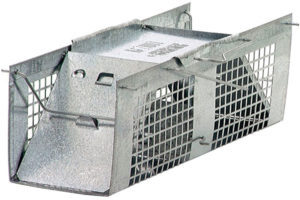
Best for: Small infestations, areas with children and pets, environmentally conscious homeowners.
Live traps offer several advantages for vole control, particularly in sensitive environments. The Havahart 1020 and similar models use spring-loaded doors that close when voles step on trigger plates, containing them safely until release.
Advantages:
- Completely humane approach
- No risk to non-target animals
- Reusable for long-term control
- Educational value for children
Considerations:
- Requires relocation of captured voles
- Higher initial investment
- May be less efficient for large infestations
Snap Traps (Lethal Control)
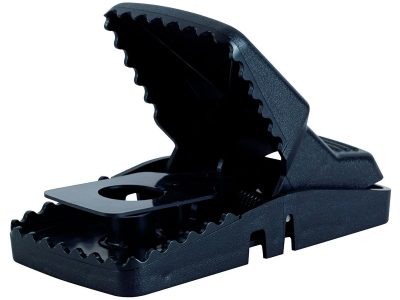
Best for: Large infestations, agricultural settings, rapid population reduction.
Snap traps remain the most widely used method for vole control due to their effectiveness and economy. Modern designs like the Snap-E feature weather-resistant materials and enhanced trigger mechanisms specifically suited for outdoor use.
Electronic Traps (High-Tech Solutions)

Best for: Protected environments, supplement to other methods, areas requiring minimal handling.
Electronic traps like the Victor M260 represent the latest advancement in rodent control technology. They deliver precise, high-voltage elimination while maintaining safety through enclosed designs.
Effective Vole Baiting Strategies
Proper baiting can significantly increase trap success rates, though expert trappers often achieve excellent results without bait when traps are correctly positioned.
Top-Performing Vole Baits for 2025

Based on field testing and professional recommendations, these baits consistently produce the highest capture rates:
| Bait Type | Effectiveness | Durability | Best Applications |
|---|---|---|---|
| Peanut Butter + Oatmeal | Excellent | 2-3 days | Live traps, covered snap traps |
| Sunflower Seeds | Very Good | 5-7 days | All trap types |
| Apple Slices | Good | 1-2 days | Fresh bait applications |
| Bread with Butter | Good | 2-3 days | Emergency baiting |
Baiting vs. No-Bait Strategies
Professional trappers often achieve excellent results without using any bait, relying instead on strategic placement along vole travel routes. This approach offers several advantages:
- Eliminates bait maintenance and replacement
- Reduces attraction of non-target animals
- Leverages voles’ natural movement patterns
- More cost-effective for large operations
Pro Trapping Tip
Place two snap traps back-to-back in vole runways without bait. Cover with a 5-gallon bucket to create darkness voles prefer. This technique, used by professional trappers, often outperforms baited traps in active runway locations.
Garden and Landscape-Specific Trapping
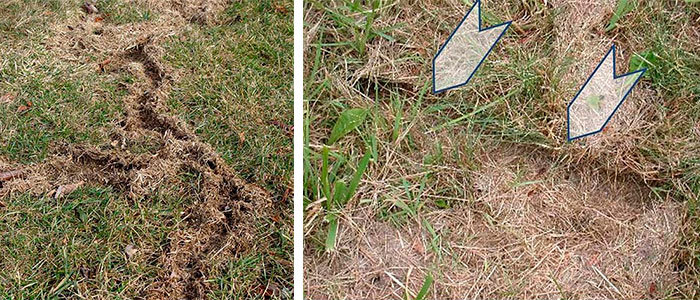
Different environments require adapted trapping strategies for optimal results.
Vegetable Garden Trapping
Gardens present unique challenges and opportunities for vole control. The abundance of natural food sources means traps must be strategically positioned and properly maintained.
Garden-specific strategies:
- Use live traps near valuable plants to avoid accidental damage
- Position traps along garden borders where voles enter from wild areas
- Check traps more frequently due to increased vole activity around food sources
- Remove fallen fruit and vegetables that compete with trap bait
Lawn and Turf Area Control
Open lawn areas require different techniques than dense garden environments. Voles create visible runway systems in grass that provide clear placement guidance for traps.
Orchard and Tree Protection
Fruit trees and ornamental trees face particular risk from vole bark gnawing. Protective trapping around valuable trees requires consistent monitoring and rapid response.
Advanced Vole Control: Combining Traps with Other Methods
The most effective vole control programs integrate trapping with complementary strategies for comprehensive population management.
Trap + Repellent Integration
Using repellents to drive voles toward trap locations can significantly increase capture rates. Apply castor oil-based repellents around the perimeter of target areas, leaving trap zones untreated to concentrate vole activity.
Habitat Modification Support
Combining trapping with habitat changes creates long-term control:
- Remove tall grass and weedy areas that provide vole cover
- Install hardware cloth barriers around valuable plants
- Eliminate brush piles and debris that serve as nesting sites
- Maintain clean borders between lawn and wild areas
Troubleshooting Common Trapping Problems
Even experienced trappers encounter challenges. Here are solutions to the most common vole trapping issues:
Low Capture Rates
Diagnostic steps:
- Verify vole activity with fresh sign identification
- Increase trap numbers to recommended density (1 trap per 200-300 sq ft)
- Rotate trap locations every 3 days if no captures occur
- Remove competing food sources and shelter
Non-Target Animal Interference
Cats, dogs, and wildlife can disrupt trap operations. Solutions include:
- Use covered trap designs like the d-CON model
- Position traps in areas inaccessible to larger animals
- Employ protective housings or natural barriers
- Switch to specialized vole-specific trap designs
Weather-Related Challenges
Outdoor trapping faces environmental obstacles requiring adaptive strategies:
- Rain: Use covered traps or provide overhead protection
- Snow: Position traps at anticipated snow level or use sub-surface sets
- Wind: Secure lightweight traps to prevent displacement
- Extreme temperatures: Check metal traps for ice formation that prevents operation
Frequently Asked Questions
How many vole traps do I need for my yard?
Professional trappers recommend 12-24 traps for a typical backyard (1/4 acre or less). Large infestations may require 1 trap per 200-300 square feet of affected area. Using too few traps is the most common reason for trapping failure.
Start with 15 traps and add more if you’re not seeing adequate capture rates within the first week. Remember that voles reproduce rapidly, so aggressive initial trapping prevents population rebounds.
What’s the best bait for vole traps?
Peanut butter mixed with oatmeal consistently produces the highest capture rates in field tests. The peanut butter provides attractive scent and sticks to trigger plates, while oatmeal adds texture voles find appealing.
However, many professional trappers achieve excellent results without any bait by positioning traps correctly along active vole runways. This eliminates bait maintenance and reduces non-target animal attraction.
Are live traps or lethal traps more effective for voles?
Both can be highly effective when used properly. Live traps like the Havahart 1020 excel in residential areas with pets and children, while snap traps are more efficient for large infestations requiring rapid population reduction.
Live traps require more maintenance (checking twice daily, relocating captures) but offer completely humane control. Lethal traps need less frequent checking and eliminate the need for animal relocation, making them more practical for extensive vole problems.
How often should I check vole traps?
Check traps at least twice daily – once in the morning and once in the evening. This frequency ensures captured voles aren’t left in traps too long, which can make other voles trap-shy and reduces trap effectiveness.
For live traps, more frequent checking (every 6-8 hours) is recommended during peak activity periods to minimize stress on captured animals and comply with humane treatment standards.
When is the best time of year to trap voles?
Fall (September-November) and early spring (March-April) are optimal for vole trapping. Fall trapping prevents winter population establishment, while spring efforts target breeding adults before reproduction peaks.
Avoid midsummer trapping when dense vegetation makes placement difficult and multiple generations are active simultaneously. Winter trapping can be effective but requires specialized techniques for snow conditions.
Do I need bait for vole traps placed in runways?
Traps positioned directly in active vole runways often work effectively without bait. Voles follow habitual paths and will trigger properly placed traps through normal movement. This approach reduces maintenance and non-target animal attraction.
Use bait when traps must be placed near but not directly in runways, or when vole activity is uncertain. The key is ensuring voles encounter the trigger mechanism during regular movement.
How do I protect my traps from weather and other animals?
Use covered trap designs like the d-CON model, or create protective housings using cardboard, wooden boards, or PVC pipe sections. Ensure covers don’t interfere with trap operation while providing weather protection and safety.
Secure lightweight traps with stakes or weights to prevent displacement by wind or larger animals. Position traps in naturally protected areas when possible, such as under dense vegetation or near structures.
Conclusion
Effective vole control in 2025 requires a strategic combination of the right traps, proper techniques, and consistent application. The most successful approaches use multiple trap types tailored to specific situations, with professional-level trap density and placement strategies.
Key success factors for vole trapping:
- Use sufficient trap numbers – 15-24 traps for typical residential properties
- Position traps based on current vole activity, not convenience
- Check traps twice daily for optimal effectiveness and humane treatment
- Combine trapping with habitat modification for long-term control
- Maintain consistent pressure for 2-3 weeks minimum
Whether you choose the humane live-capture approach with the Havahart 1020, the cost-effective snap trap strategy with weather-resistant models like the Snap-E, or the family-safe covered designs like the d-CON trap, success depends more on proper application than expensive equipment.
Remember that vole trapping is both an art and a science. The most expensive traps won’t succeed if placed incorrectly, while basic snap traps can achieve excellent results when positioned strategically along active vole pathways. Start with proven designs, apply professional techniques, and adjust your approach based on observed results.
With the right traps, proper placement, and consistent monitoring, you can successfully eliminate vole populations and protect your lawn and garden from these destructive rodents. The investment in quality traps and professional techniques pays dividends in preserved landscaping and peace of mind.
Additional Resources and Expert Guidelines
Our recommendations are based on extensive research from leading agricultural universities and wildlife management professionals. For additional detailed information on vole trapping techniques, consult these authoritative sources:
- University of Minnesota Extension Vole Damage Guide – Comprehensive identification and seasonal management strategies
- University of Nebraska Extension Vole Control Publication – Scientific research on vole behavior and control methods
- Havahart Professional Trapping Guidelines – Expert techniques from industry-leading trap manufacturers
- Montana State University Non-Chemical Control Methods – Sustainable and organic vole management approaches
These resources provide peer-reviewed research and field-tested techniques that complement the strategies outlined in this guide.
